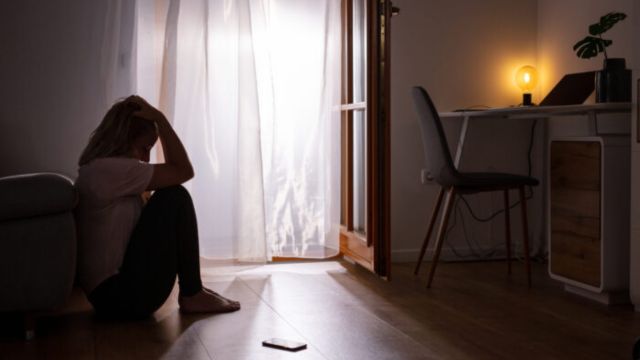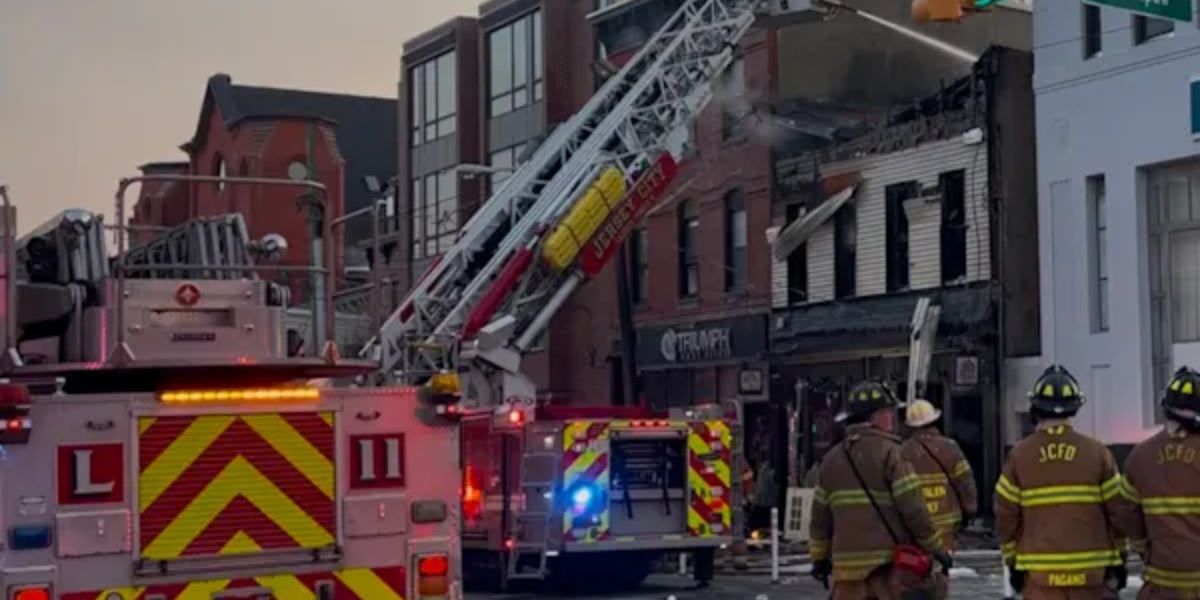Ohio’s recent passage of the “outing law” has sparked fierce debate, particularly among LGBTQ+ advocates, who warn that it will have dire consequences for vulnerable LGBTQ+ youth.
Under this new law, educators, counselors, and healthcare professionals are required to disclose information about a student’s sexual orientation or gender identity to parents, potentially without the student’s consent. This policy could lead to devastating outcomes for many young people who are not ready to come out to their families, especially those whose home environments are unsafe or unsupportive.
The harsh reality is that this law could drive many LGBTQ+ youth into homelessness, a situation that is already an epidemic for many in the community.
A Law That Ignores the Safety of LGBTQ+ Youth
LGBTQ+ youth, especially those in conservative or unsupportive households, already face enormous challenges when it comes to their mental health, identity exploration, and overall well-being. According to national studies, a significant portion of LGBTQ+ youth report experiencing rejection, emotional abuse, or even physical violence from family members when they come out. In some cases, parents may disown or kick their children out of the home after learning of their sexual orientation or gender identity. For many of these young people, revealing their identity to their parents is not just a matter of self-expression—it is a matter of survival.
The new outing law exacerbates these challenges by compelling educators and counselors to breach the trust that LGBTQ+ youth place in them. If a student confides in a trusted adult at school or within the healthcare system about their sexuality or gender identity, that professional may now be legally obligated to inform the parents. This not only undermines the autonomy of the student but also places them in danger of being rejected or abandoned by their families.
The Homelessness Crisis Among LGBTQ+ Youth
Homelessness among LGBTQ+ youth is a growing crisis that demands urgent attention. According to a 2021 report by the Williams Institute, LGBTQ+ youth make up an estimated 40% of the homeless youth population, despite representing only about 7% of the general population. Many of these young people are fleeing homes where they face discrimination, verbal or physical abuse, and neglect because of their sexual orientation or gender identity. When a young person is forced into homelessness, their safety and mental health are immediately at risk.

This new law will likely exacerbate this situation. In an already fragile environment, LGBTQ+ youth may be forced to confront an ultimatum: conceal their identity to remain in their home or face potential rejection and homelessness if their parents are informed. This pressure creates a dangerous dilemma, forcing young people to make life-altering decisions before they are ready.
The Mental Health Impact
The mental health implications of this law are profound. LGBTQ+ youth are already at higher risk for anxiety, depression, and suicidal ideation due to the stigma and discrimination they face, both socially and from family members. A law that forces the outing of a young person before they are ready or without their consent further compounds the trauma these individuals may experience.
Indianapolis Public Schools Faces Loss of Power Over Buildings and Transportation Under New Bill
LGBTQ+ youth who are rejected by their families or forced into unsafe living situations are more likely to experience long-term mental health issues, including PTSD, depression, and anxiety disorders. In fact, the Trevor Project reports that LGBTQ+ youth who experience rejection from their families are 8 times more likely to attempt suicide than those who are supported by their families. The outing law does nothing to protect these young people and instead contributes to an environment of fear and uncertainty.
The Importance of Safe Spaces
In light of this law, it is more critical than ever for schools, social services, and healthcare providers to create safe spaces for LGBTQ+ youth. Trusted adults—whether they are teachers, counselors, or healthcare professionals—must be able to offer support without the fear that their students’ identities will be exposed before they are ready.
Moreover, as advocates, lawmakers, and community leaders, we must continue pushing for policies that safeguard the well-being of LGBTQ+ youth. Protecting a young person’s right to privacy and supporting their decision to come out on their own terms is vital. Forcing them to confront rejection and discrimination can have irreversible consequences.
A Call to Action
This law represents a serious setback for LGBTQ+ rights and youth protection in Ohio. If we are to prevent more LGBTQ+ youth from facing homelessness and mental health crises, we must challenge these laws and advocate for policies that prioritize the safety, autonomy, and dignity of young people. It is essential to ensure that LGBTQ+ youth are supported in their journey, allowed to come out on their own terms, and never put in a position where they feel forced to choose between their identity and their safety.
In a time when LGBTQ+ rights are under attack in many states, it is our collective responsibility to stand up for those who are most vulnerable. This is not just a political issue—it is a matter of humanity. Our LGBTQ+ youth deserve love, support, and the opportunity to thrive in an environment that accepts them for who they are. We cannot allow them to face these challenges alone.
Ohio’s new outing law will force many LGBTQ+ youth into difficult, dangerous situations that could have long-lasting consequences. By ignoring the realities of LGBTQ+ youth homelessness and the deep emotional trauma that many face when coming out, the law exacerbates an already existing crisis.
It is up to all of us—advocates, lawmakers, and communities—to fight for the safety and dignity of these young people and ensure that no child is left without the support they deserve. Only through compassionate, understanding policies can we prevent more LGBTQ+ youth from being pushed into homelessness and despair.




